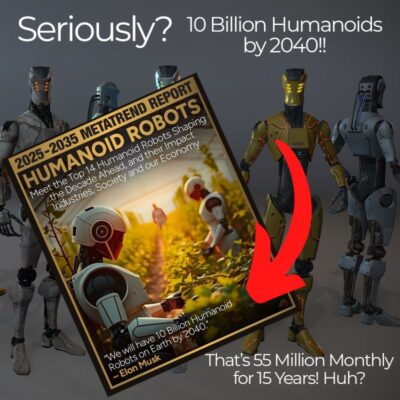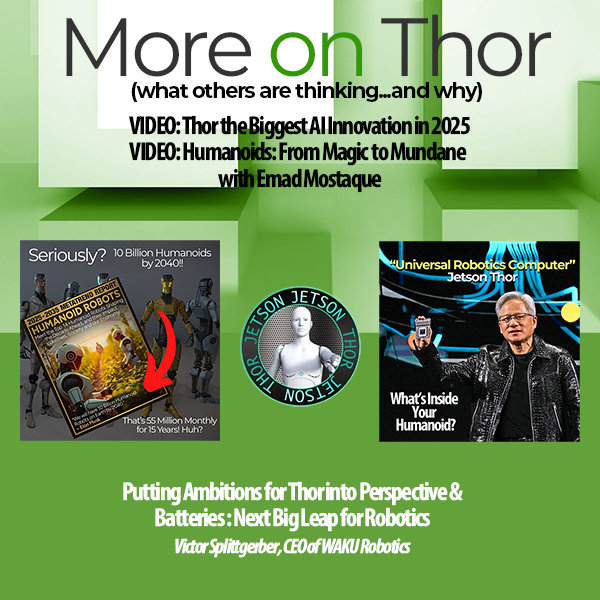
More on Thor:
From Magical to Mundane
With 2025 just beginning and humanoids already generating a tsunami of wall-to-wall news, incredible speculations, prophesies both sublime and dire , as well as very large sums of investment cash, we can all strap in for much more of the same over the next twelve months.
GenAI has jumped to the top of every humanoid’s wish list for its future…as well as for any other robot kind that seeks to be around to share a future with its humanoid cousins. Jensen Huang has gifted 2025 a $4k brain he’s tabbed the “Universal Robotics Computer”, and great minds everywhere on the globe are racing with breakneck ingenuity and innovation to catapult their humanoid to be leader-of-the-pack status.
The ever-frisky genius of Emad Mostaque presents a completely eye-opening future view that’s both reasoned and doable for humanoid next steps. The ever-healthy-looking Peter Diamandis, who loves to give us the numbers for our forthcoming exponential future, has home rentals of humanoid genius machines going for $100 per month. Yikes! As Emad retorts: “No one will ever need to be alone again.”
By year’s end, we may even see gangs of competing humanoids from Unitree and Boston Dynamics doing parkour in the backstreets of Beijing sponsored by Red Bull. Who knew?
The very rational and insightful Victor Splittgerber lathers over it all a very welcomed brace of numbers for a “humanoid reality check”, not only on their future numbers but also on the “ify” outlook of their present-day battery power.
MORE ON THOR is a nice way to get ready for 2025’s Year of the Humanoids, enjoyed all the more over a cup of coffee or snifter of cognac…or both.
—The editors
Interlude: Peter Diamandis and Emad Mostaque
Offer Up Some Amazing Insights about Humanoids
We Love Humanoids, but
In a world full of public figures who are more than close to the vest with every public statement they make, it’s refreshing to have someone around who’s as outrageously bold as Elon Musk.
Stuff like this:
“We will have 10 billion humanoid robots on Earth by 2040.” —Elon Musk
Love you, Elon. However, 10 billion humanoid robots by 2040, means producing 55 million every month or 1.8 million daily for 15 years…which is a bit over the top.
That’s more than the 9.2 billion humans that Global Trends forecasts for 2040. That’s 1.4 billion added to the humanity already in residence.
The red-hot hype is reminiscent of the billions of dollars lavished upon self-driving cars from 2009-2015. Google alone ponied up $1.1 billion, as recent Waymo court documents have revealed. Self-driving anything these days seems reserved only, and barely, for San Francisco and Beijing.
It also seems that the majority of efforts spent on humanoids are directed toward the ultra-slow-moving (unless sped up in video) bi-pedal humanoids.
Ambulation among bi-pedals is tortuously awkward, and may take until 2040 just to properly deal with the effects of gravity and Mother Nature.
With bi-pedals, simple stuff is immensely complex. As a 150 lbs. bi-pedal walks (if what we see these days can really be called “walking”), each foot in turn will bear the full weight of that humanoid momentarily as the other foot advances forward in the stride. From hip to knee to ankle, each step thunders down with 450 lbs of force on the bi-pedal’s heel. Ouch! How long can that last?
Add to that Mother Nature’s considerable gifts to human movement from proprioception, otherwise known as kinesthesia, to coordination, to masterfully adapting to changing environments, it’s easy to see that these lumbering bi-pedals are presented with enormous challenges.
The real question here is, have we given the wheel its due? Man’s greatest invention just might be the most competent solution for humanoid robotics.
We take a good look at both:
Humanoid Robot Locomotion: Feet or Wheels? Which & Why?
Victor Splittgerber, CEO of WAKU Robotics
Batteries: Next Big Leap for Robotics
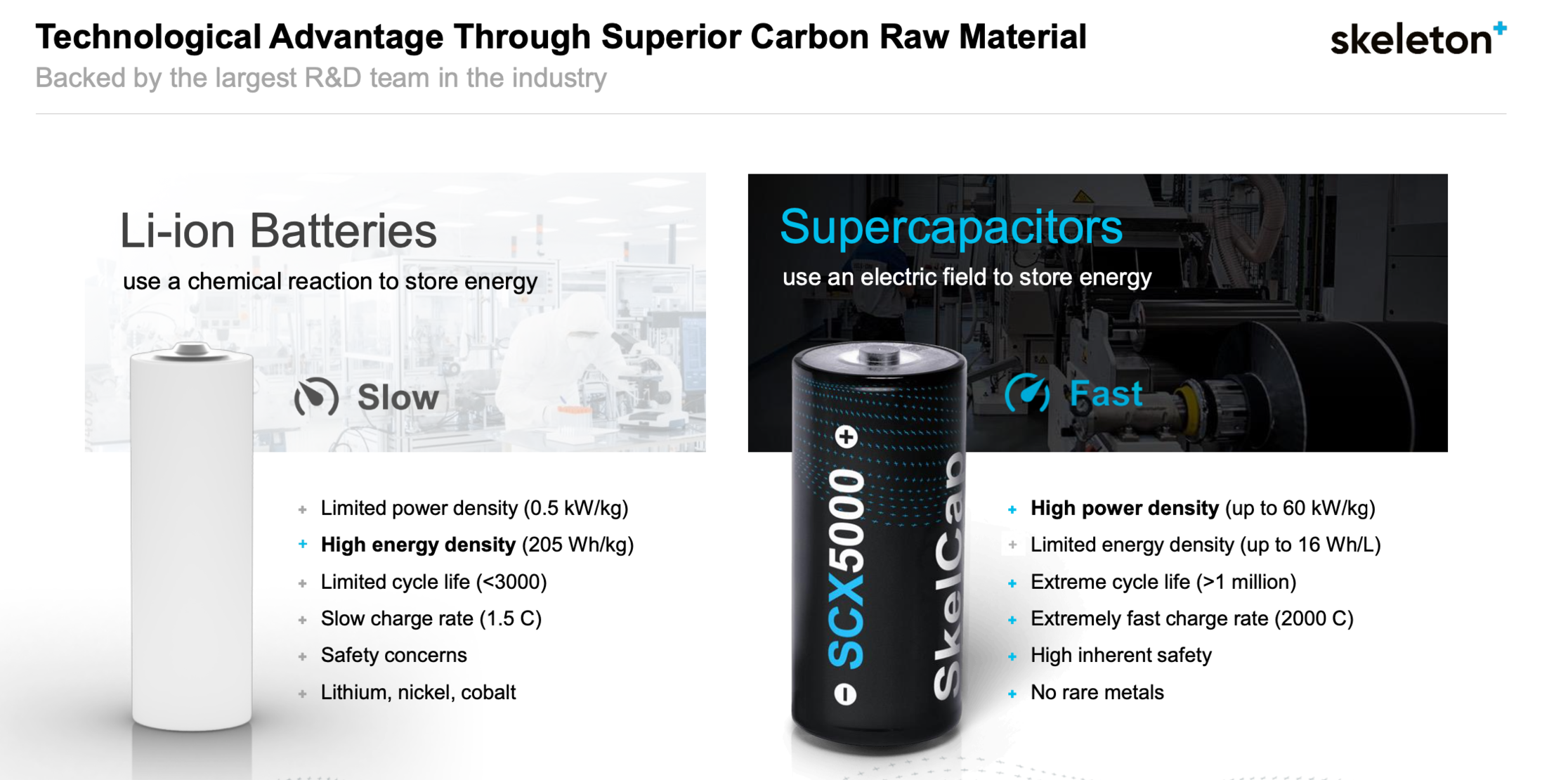
So far in any business calculation, 20-30% of the potential operational uptime of any hashtag#AGV or hashtag#AMR is reserved for charging. Wouldn’t it be nice if any ROI improves by 30%? That is exactly what is going to happen in the next 2-3 years.
Since hashtag#mobilerobots need to carry their energy with them to fulfill their tasks batteries are an essential part of the system. They are not only one of the major price points of the bill of material but also one of the limiting factors. Since with cheaper energy on the robot it would also be possible to do more “energy-costly” tasks. That could be more expensive computing like processing images (for example to detect the position of a pallet in 12m height) or actuators on the platform (mobile robot + robot arm).
Li-Ion-Batteries
Noah Smith believes that the battery will be “the general-purpose technology that will really transform our society”. Batteries already enabled smartphones and will also play a key role in robotics. The insane improvements in cost and energy density for batteries already let us have wireless headphones.
- Energy density more than tripled between 1990 and 2010. (batteries are improving on practically any metric)
- The cost of batteries, measured in dollars per kWh stored, has fallen by a factor of 42 since 1991 and by a factor of 2.5 since 2010.*
Beyond Li-Ion
Now imagine that the already astonishing improvements could be topped up by 1300X.
The picture compares Li-Ion Batteries to Supercapacitors from Skeloton Technologies – the charging rate goes from 1.5 to 2000C.
Beyond charging speed the supercapacitors from Skeleton have 120x power density and 300x lifetime. That is what we see now with the next generations of batteries from companies like Skeleton Technologies and Graphene Manufacturing Group Ltd (GMG)
Skeleton is about to roll out its technology also to the AGV and Mobile Robot market in the next years and invests over €220M to build a fully automated battery factory in Leipzig, Germany. The goal is to build 12 million cells of “next-generation supercapacitors”. It’s noteworthy that Siemens plays a big role as it will support Skeleton as a technology partner to build the factory and digitize the whole value chain.
GMG goes even beyond that by creating the batteries basically out of thin air, more precisely out of Methane. Once not only energy production but also energy storage is independent of any resources that need to be dug out of the ground decentralized energy becomes a reality. For that reason, Bosch is their technology partner.
The next leap for robotics
Skeleton plans to roll out its technology next year so that it becomes available to the whole Mobile Robots market.
Combine this improvement with a contactless charging solution like Wiferion – industrial wireless charging – a PULS brand or gapcharge GmbH.
Robots can run now 24h a day, 7 days a week – nonstop. Energy stops being a limiting factor for any applications. Robots can become more capable but also smaller since batteries take up less space. And of course, the business case improves immediately.
Victor Splittgerber, CEO of WAKU Robotics
Reality Check: NVIDIA‘s Jetson Thor Chip for Humanoids
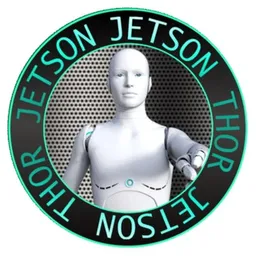
The Jetson Thor for *Humanoids* is expected this summer – so let’s prepare for the upcoming news stream.
Let’s put the ambitions for NVIDIA’s Jetson Thor into perspective with real-world numbers from their data-center business, Amazon Fulfillment Technologies & Robotics and the broader AMR (Autonomous Mobile Robots) market.
Amazon Robotics: The Benchmark for Scale
750,000+ robots deployed across Amazon’s fulfillment centers as of 2024.
These robots primarily handle transportation, sorting, and material movement tasks.
Data Center Business: The Benchmark for Revenue
In fiscal year 2024, NVIDIA’s Compute & Networking segment, which includes data center products, (likely) generated $47.4 billion, a significant increase from $15.1 billion in fiscal year 2023. They sold millions of H100, each at $20-$40k USD.
My NVIDIA Jetson Thor Projections – Contributing 20% to their overall revenue in 2030 (so that the bet makes sense):
Unit Sales: 7.5 million Jetson Thor units annually.
Revenue: $45 billion (Hardware: $30B, SaaS: $15B).
ASP (Average Selling Price): $4,000 per unit.
Compare this with AMR unit projections:
NVIDIA’s scenario assumes 42x more annual units than the entire AMR market in 2030 (at a current growth rate of 20% CAGR).
Reality Check:
Humanoid robots would need to scale far beyond AMRs, entering not just warehouses but homes, healthcare facilities, factories, and public spaces to justify these projections. VERY UNLIKELY!
Key Observations
Coining it as a solution for humanoids is betting on the hype. However, Thor can be applied to the broader robotics (mobile manipulator) market. And then in an aggressive scenario (30-40% CAGR) it can reach 7.5 million Jetson Thor units annually. (It remains an enormous leap compared to today’s most successful robotics deployments e.g., Amazon’s 750K AMRs).
Takeaway
NVIDIA’s Jetson Thor ambition represents a moonshot and some marketing hype.
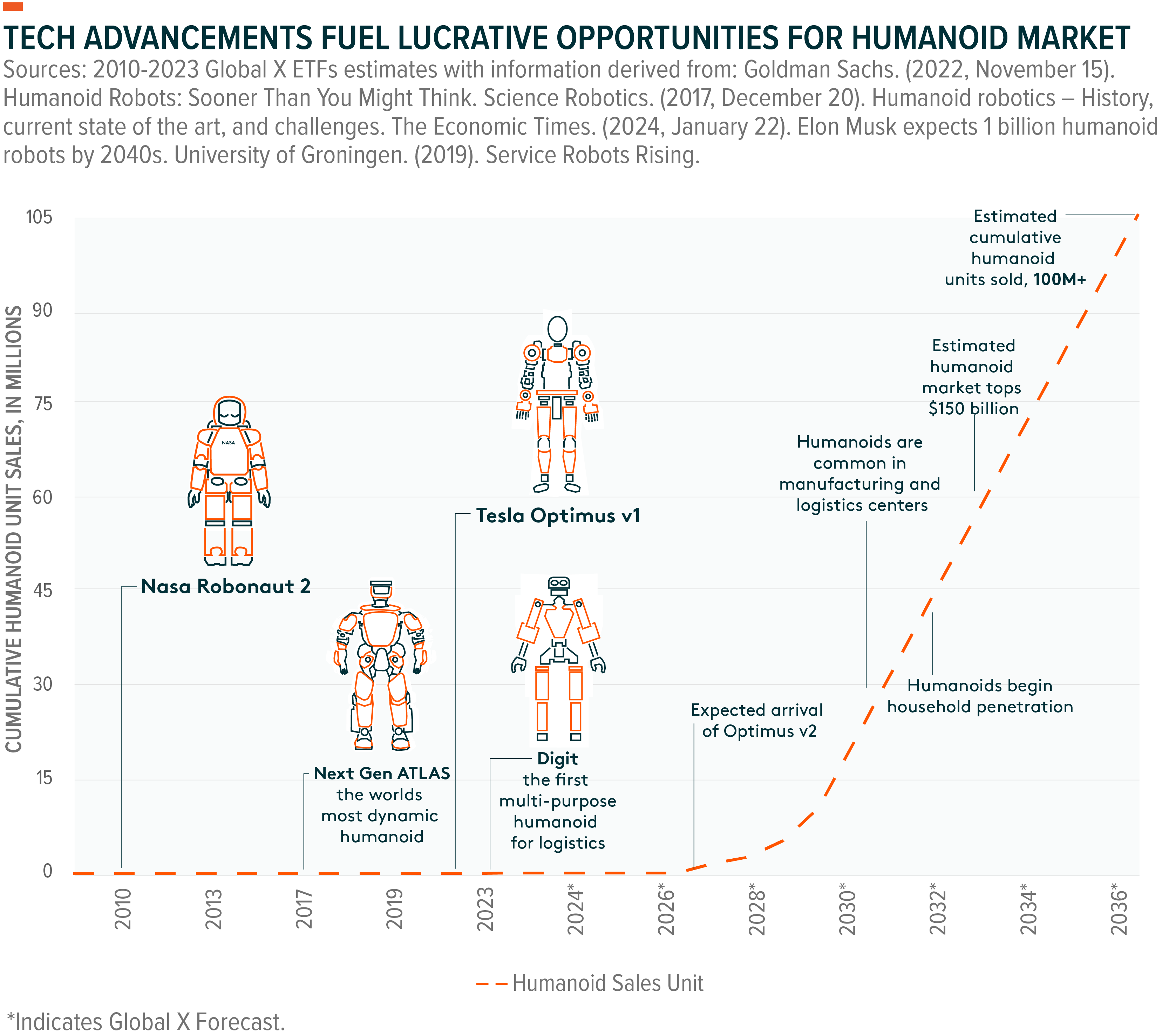
Daily Tech Innovations:
Why Nvidia Jetson Thor is the Biggest AI Innovation in 2025
“NVIDIA has just unveiled its latest innovation the Jetson Thor platform in a press release that promises to revolutionize AI and robotics. Imagine a world where robots can think, learn, and adapt in real-time. A world where humanoid assistants work alongside us seamlessly helping in factories hospitals and even at home.
“That future is closer than you think thanks to NVIDIA’s groundbreaking Jetson Thor platform unveiled in 2025. This isn’t just another AI chip, it’s a transformative leap forward in robotics…”
Meet H.P. Robertson in the pages of The Untold Story of Everything Digital (now on audiobook). $19.95
The Robertson Panel was a scientific committee that met in January 1953 headed by H. P. Robertson. The Panel arose from a recommendation to the Intelligence Advisory Committee (IAC) in December 1952 from a Central Intelligence Agency (CIA) review of the U.S. Air Force investigation into unidentified flying objects, Project Blue Book: How the CIA Tried to Quell UFO Panic During the Cold War.

